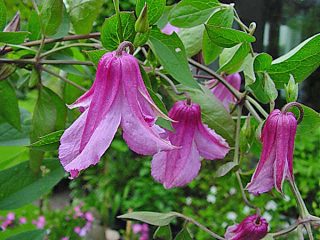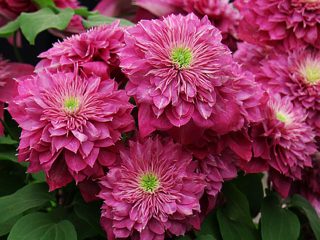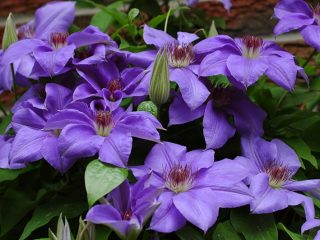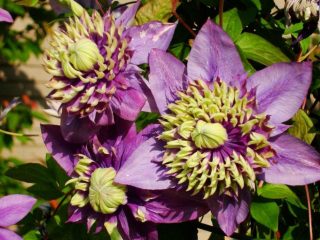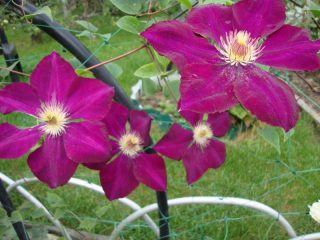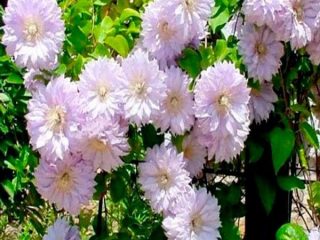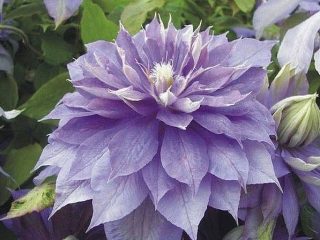Content
Echinacea White swan is an unpretentious, profusely flowering perennial that is widespread throughout the world. The flowers of the plant are very similar in appearance to chamomile. The variety is not only highly decorative, but also hardy and frost-resistant. Therefore, it does not require increased attention from the gardener, but following simple growing rules will allow you to achieve lush, long-lasting flowering for many years.

White Swan is a variety that can enliven any landscape design.
Origin
Echinacea is a variety of purple perennial that was cultivated in 1692. On its basis, many varieties and hybrids were bred, including the White Swan.
Scientists from different countries, but primarily from Holland, America and Germany, have carried out extensive breeding work in this direction over the past ten years.However, who is the originator of this variety and what species became the basis for it is impossible to establish for certain given its widespread distribution.
Description of Echinacea White Swan
The herbaceous perennial forms a bush, up to 1 m high and 60-70 cm wide. Echinacea stems are erect, with a rough surface. The leaves are petiolate and sessile. The first ones are located at the base of the bush, forming a basal rosette. They are broadly oval, jagged, tapering at the base, and have elongated winged petioles.
The second type of leaves of Echinacea, located alternately on the shoots, are lanceolate, rough, and elongated. The plates have a light green hue, which they retain throughout the season.
Flowers are apical, large, simple in shape. Reed petals, pointed, about 5-6 cm long, white in color, but sometimes have an orange tint. The central tubular ones are located on a convex receptacle, yellow-brown in color. When fully opened, the flower baskets of the White Swan Echinacea variety reach 12 cm in diameter.

The lifespan of echinacea in one place is 5-7 years
The fruits of the perennial are in the form of tetrahedral boxes in which elongated dark brown seeds ripen.
Flowering period
The plant has an average flowering period. The first buds begin to bloom in early to mid-July, depending on the growing region. The flowering period of the White Swan is 75 days, and the lifespan of each bud is one month.
Growing regions
Echinacea purpurea is very hardy.The plant tolerates drought and temperature drops to -34 °C. In addition, the variety can easily adapt to any climate, so it can be grown in all regions of the country.
Advantages and disadvantages
Echinacea has many advantages, which has contributed to the growth of its popularity among gardeners in different countries. However, it also has some disadvantages that need to be taken into account.
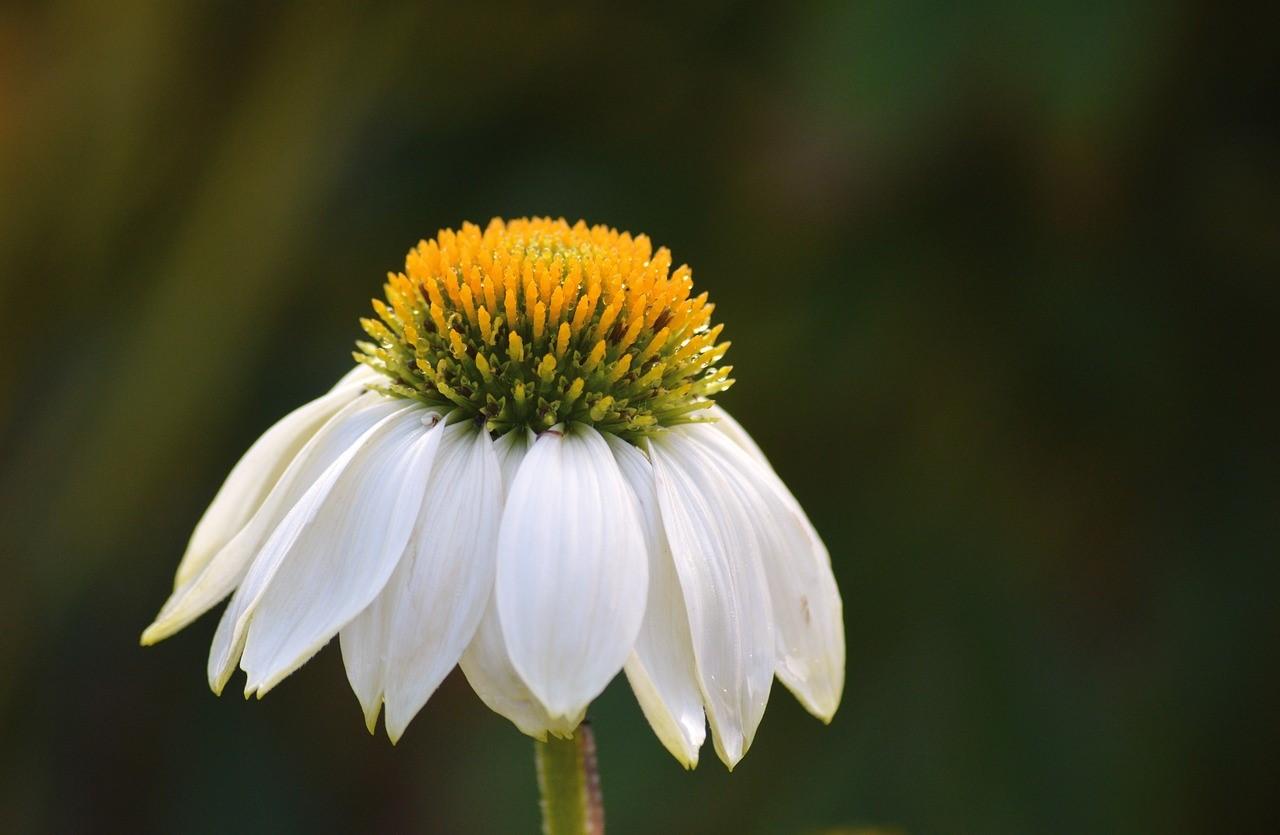
The variety blooms in the second year after planting
Main advantages:
- long-lasting abundant flowering;
- high life potential;
- quick adaptation to a new place;
- ease of care;
- easy to reproduce;
- does not require shelter for the winter;
- suitable for cutting;
- good compatibility with other garden crops.
Flaws:
- poor flowering when the bush is insufficiently illuminated;
- places increased demands on soil composition.
Rules for planting Echinacea White Swan
The variety can be planted with seedlings and seeds. In the first case, it is recommended to purchase planting material from a nursery, which guarantees compliance with the characteristics. For echinacea, it is recommended to select open, well-lit areas, protected from cold gusts of wind. It is important that water does not stagnate in the chosen location after rain or during thaws.
Two weeks before planting, the area intended for echinacea must be prepared. To do this, you need to dig it up, add sand and humus if necessary at the rate of 10 kg per square meter. m. After this, the soil surface should be well leveled so that there are no depressions.
Perennials should be planted at a distance of 20 cm from each other.When planting seedlings, you must carefully remove the plant from the transport pot, without disturbing the earthen coma, and plant it in the hole until the first leaves. When sowing seeds, it is recommended to deepen them 2 cm, cover them with soil, and after moistening the soil, cover the area with agrofibre.
If all recommendations are followed, the first shoots appear after 4-5 weeks. When they are well strengthened, you need to leave the strongest specimens in each hole and remove the rest.
Caring for Echinacea White Swan
The perennial does not require complex care. Echinacea should only be watered when there is no rain for a long time. Moisturizing is carried out at the root in the evening. It is important that irrigation is moderate. It is better to water more often, but in doses. To do this, you can use settled water, pouring one bucket under each adult Echinacea bush.
The plant responds well to feeding. To do this, you can use both organic and mineral fertilizers, and it is better to alternate them.
In the spring, at the beginning of the growing season, you can feed the variety with chicken manure 1:15 or mullein 1:10. During the period of bud formation, it is better to use a balanced mineral fertilizer such as Kemira Lux or Ava. At the end of the season, it is recommended to fertilize Echinacea with wood ash, scattering it in the root circle and then incorporating it into the soil at the rate of 200 g per plant.
To maintain the high decorativeness of the variety, it is necessary to use circular supports, since shoots and peduncles can lie down under gusts of wind.It is also recommended to promptly remove wilted inflorescences to stimulate the formation of new buds.
In late autumn, the White Swan Echinacea bush must be pruned at a height of 5-7 cm from the ground. In regions with little snow, it is recommended to sprinkle it with peat or cover it with spruce branches.
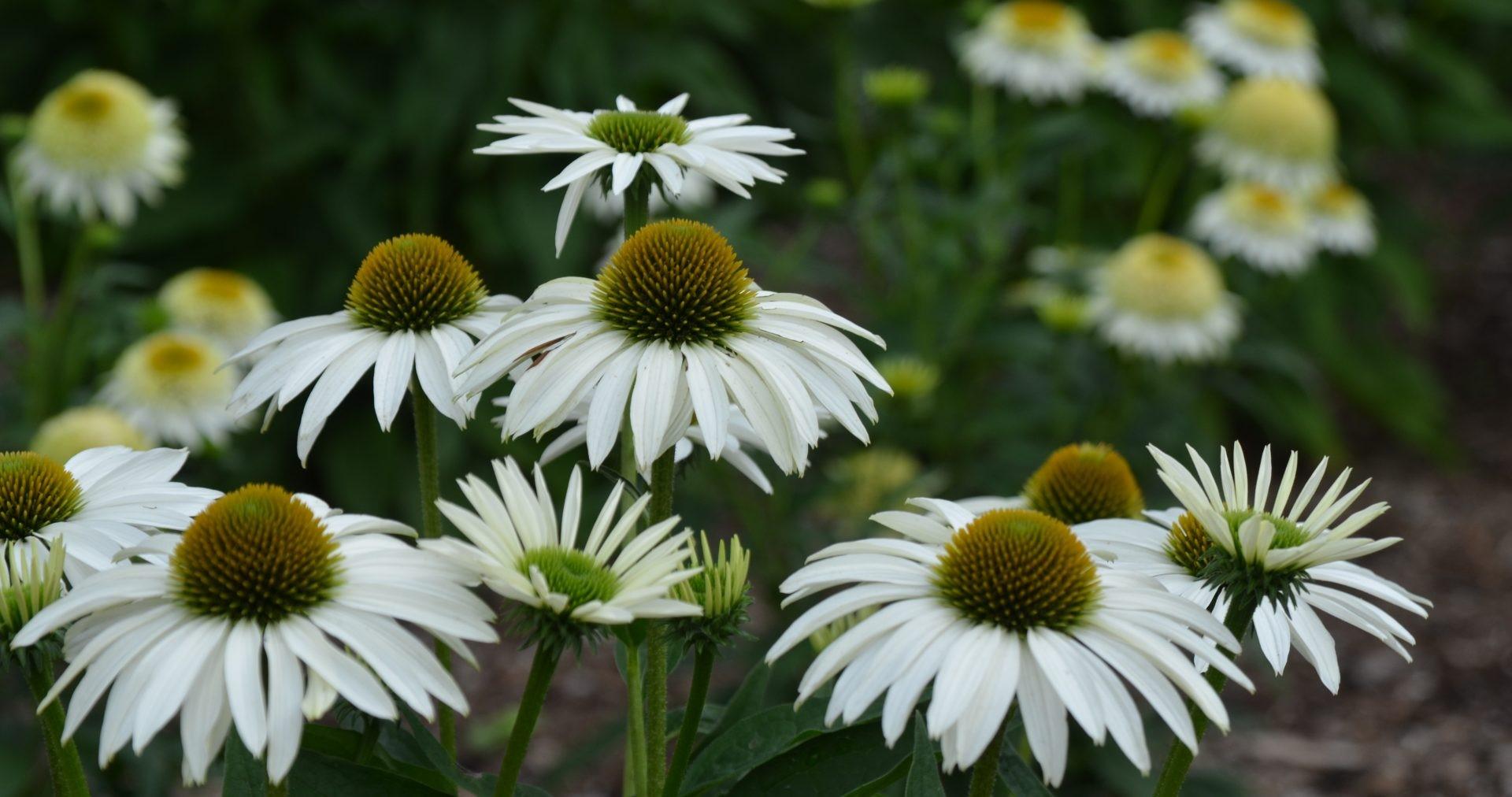
For a bouquet of echinacea inflorescences, you need to cut them at the stage of half-opened buds
Reproduction
The perennial can be propagated by collected seeds and dividing the bush. In the first case, it is recommended to collect the fruits at the end of summer. After this, they need to be placed on the windowsill and dried well. It is recommended to store planting material in paper bags. Seeds remain viable for 1 year.
In the second case, it is recommended to propagate White Swan echinacea bushes in the spring after the start of their growing season. To do this, you need to dig up the perennial and use a sharp, clean knife to divide it into parts so that each segment has well-developed roots and sprouts. After this, the seedlings should be immediately planted in a permanent place and watered abundantly.
Echinacea White Swan in landscape design
Thanks to the spectacular shape of the inflorescences and unpretentiousness, the perennial is widely used in landscape design. The White Swan variety looks especially advantageous in group plantings against the backdrop of a neatly trimmed green lawn, as well as in mixed flower beds.

The culture can be used in ridges, mixborders, as well as near fences and buildings
The best companions for Echinacea purpurea are:
- phlox;
- monards;
- perennial asters;
- ornamental cereals.
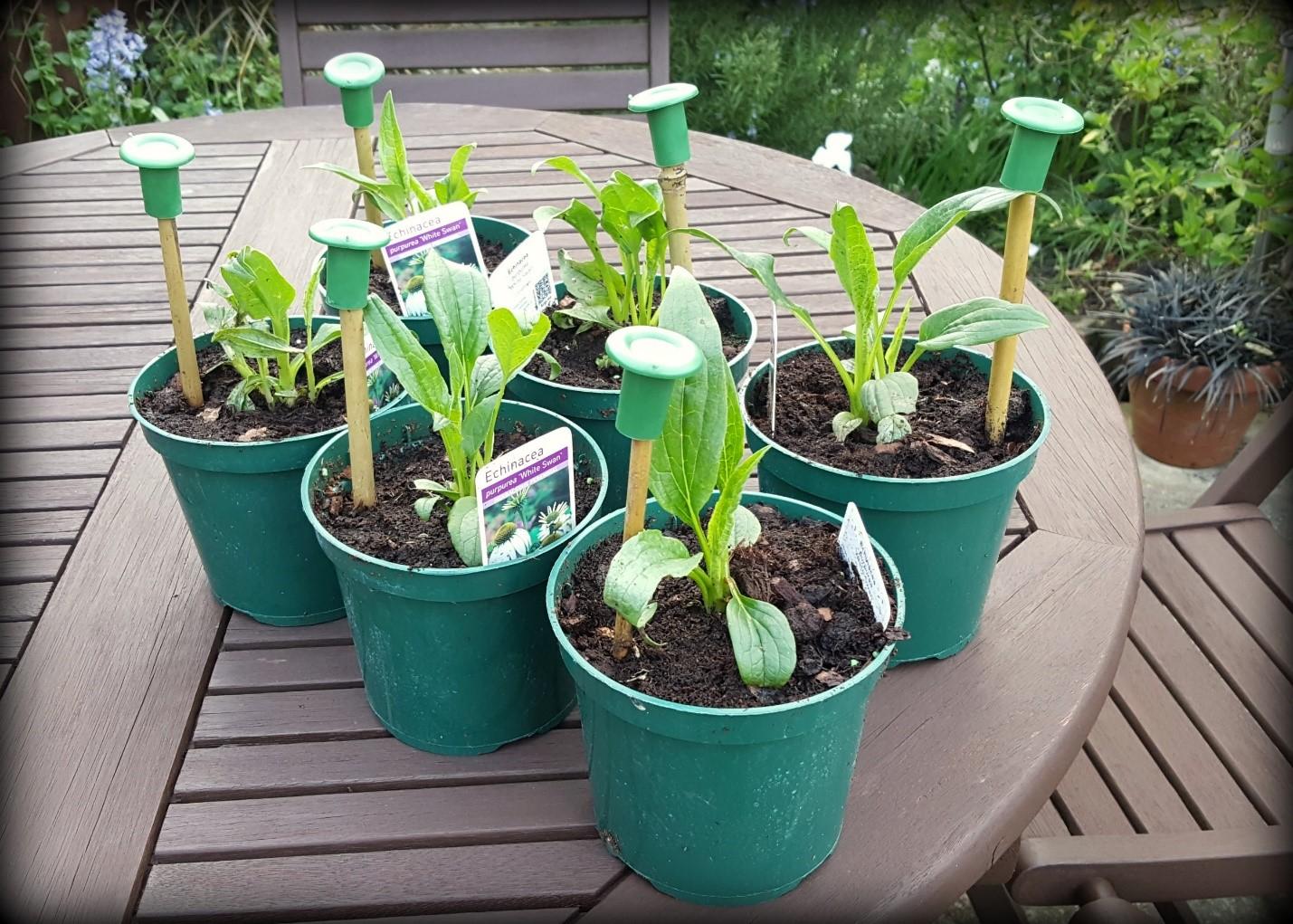
The White Swan variety does not tolerate proximity to tall shrubs and trees.
Conclusion
Echinacea White Swan is exactly the plant that can please the eye without requiring any special care. It tolerates polluted air well and can be used not only for landscaping garden plots, but also city flower beds. You just need to choose the right place for Echinacea, taking into account the basic requirements of the culture.
Reviews of Echinacea purpurea White Swan
